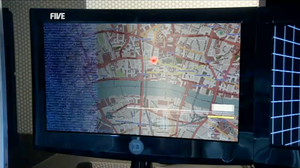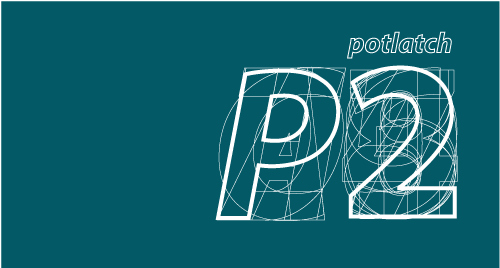The MapQuest Open team have done it again! Check out these cool tricks they’ve created for OSM fun:
API allows searching the OpenStreetMap (OSM) data by name=value pairs or bounding box! Very cool stuff if you’re trying to find all the golf courses in OSM data in the greater Denver area:http://open.mapquestapi.com/xapi/api/0.6/node%5Bamenity|leisure=golf_course%5D%5Bbbox=-105.20983780356221,39.59556488319815,-104.66052139733415,39.83325197240866%5D
Here’s the link to the actual tool: http://open.mapquestapi.com/xapi/ all GUI and pretty with an XML response.
The Nominatim Pre-Indexed Data Service gives OSM developers another database location (hosted on the MapQuest servers) from which to download the large Planet OSM data file from – the beauty is that this data file is already indexed so you don’t have to waste any time indexing a 15GB+ file! Once a developer has Nominatim running on their local server, they can download, via the NPI Data Service, updates approximately every 5 minutes.
A recent quote from the Open team:“you can set Nominatim up on a fairly crappy machine as long as it has reasonable disks, because a single processor home computer can load it from NPI.” They’re all about keeping things easy for anyone wanting the latest and greatest geocode data from OSM!
Lastly, they’ve created a Broken Polygon Report that anyone can use to help make OSM data better and more accurate via JOSM or Potlatch 2. Think of how you’ve been editing an area only to find a sizable chunk of map data that is just messed up and you have to correct that first, before finishing up your edit…arugh! Another example is when OSM had an issue last December where a broken polygon ended up having all of Virginia being shown in Maryland. A broken polygon can mean that any map area can get “flooded” by another, as one polygon’s fill bleeds into the other via that broken gap. This report allows folks to easily find these little (or big) errors and fix them!
You can read more about XAPI, NPI and the Broken Polygon tool on the DevBlog and click on the pretty hyperlinks here:http://devblog.mapquest.com/2011/04/07/xapi-npi-broken_polygons/
Big, huge, massive thanks go out to Matt Amos, Brian Quinion, Kumiko Yamazaki and Cameron Thomas for making this happen!






